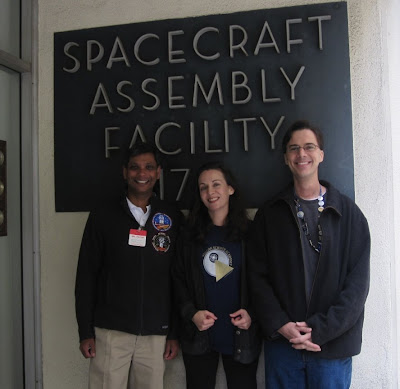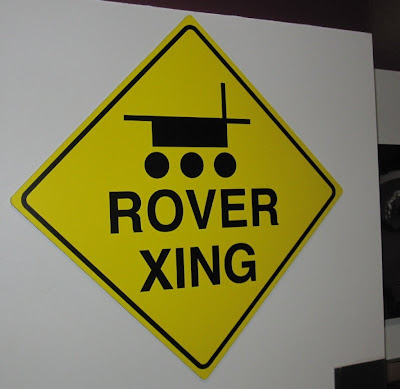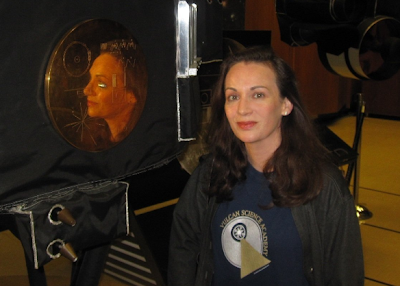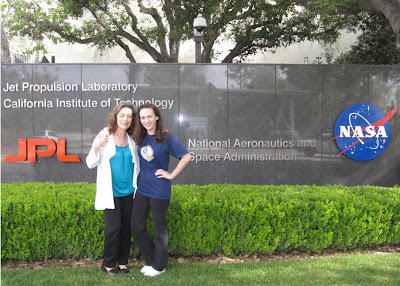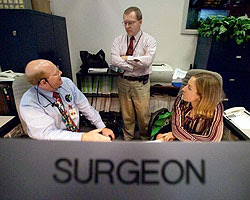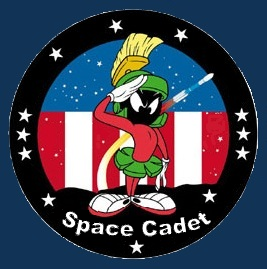The Martian Rover Chronicles, continued... but before I resume all the delightful rovery wonderfulness, I'd like to let any would-be road-trippers know that if you are enjoying this weeks’ series on the Jet Propulsion Laboratory, they will be holding an Open House Event on May 14-15. Yes, only a couple weeks from now!
JPL scientists and engineers will be on hand among the many exhibits, giving live demonstrations and answering questions about their projects on other planets. So, head for Pasadena if you are closeby!
Our intrepid host, Rover Driver Scott Maxwell, guided us through the Instrument Laboratory for the MSL, pointing out all things mechanic, all things robotic, and waving to other engineers and drivers along the way.
Scott's major programming project for JPL is the Automated Command Tracker software; over the years, ACT has also been used by the Mars Climate Orbiter, Mars Polar Lander, Mars Global Surveyor, Deep Space 1 and Stardust space craft teams. The guidance software tells the hardware what to do and where to go without flipping over, becoming trapped or tangling up in its own arms and instruments.
Now, imagine trying to do that across martian soil! In one particular lab, we saw the test rovers used for experimentation in maneuvers across varying slopes and rocks, across their mock terrain of diatomaceous earth and Lincoln 60 Fire Clay. Imagine mixing pumice with Bisquick. I wouldn’t recommend the diet, but appreciate that we have a good analog on Earth for similar clumping properties of dirt on Mars.

The Surface System Test Bed (SSTB) Rover (picture on left in first picture at top, and here to the right of my mother), is the closest hardware to the real rovers that are deployed off-planet in terms of weight and instruments, though this particular model lacks solar panels.
I took video in this room, but sadly it was not built for acoustics, and most of the action is unintelligible. However, being a writer himself and an accomplished speaker, there are copious materials where you can see Scott cover the finer points of rovering with Spirit and Opportunity, “Four years into their 90 day mission!” -- not the least of which was an excellent presentation where he got one of only two standing ovations ever in the 10-year history of the Gnomodex Technology Conference. (Quite worth the time; I love around the 29-minute mark where he mentions both of his world records… just on another world ;)
For more up-to-date weekly adventures. Also see his Mars And Me blog, the "unofficial diary of a Mars rover driver, five years delayed". He, with other engineers, navigates both tough and subtle problems on the red planet through various Martian seasons, in and around craters, sequence by sequence, hoping to hit their science targests.
My favorite new Martian coordinate: "Fort Scott".


